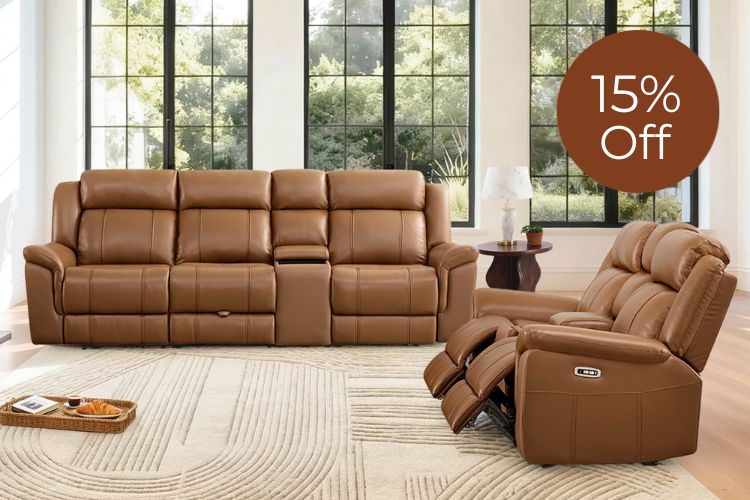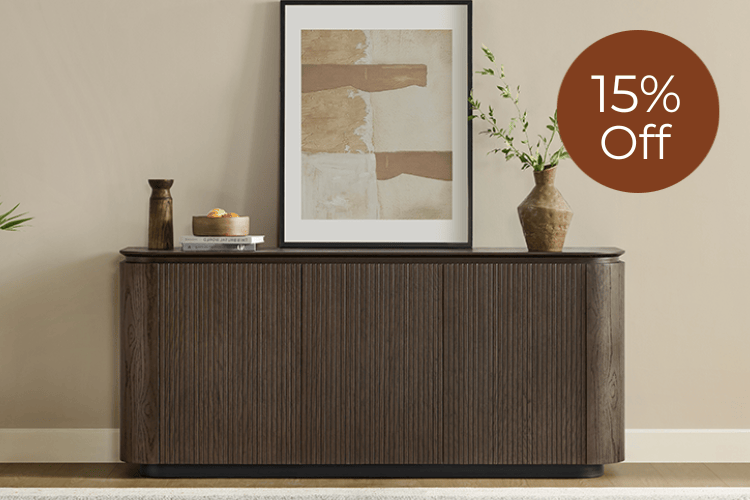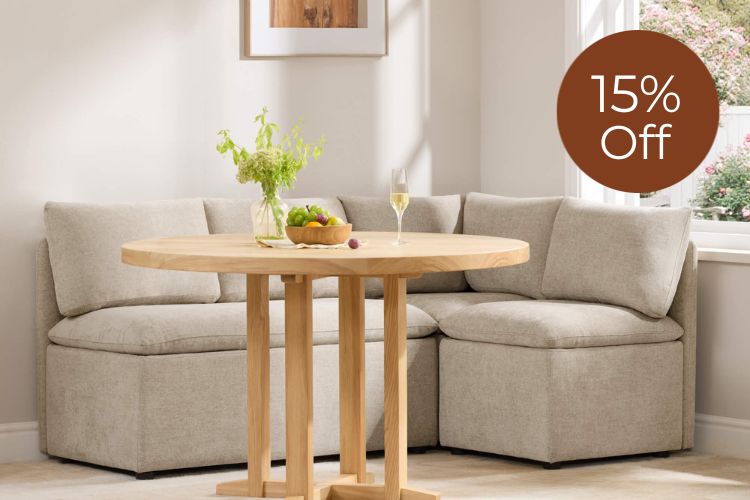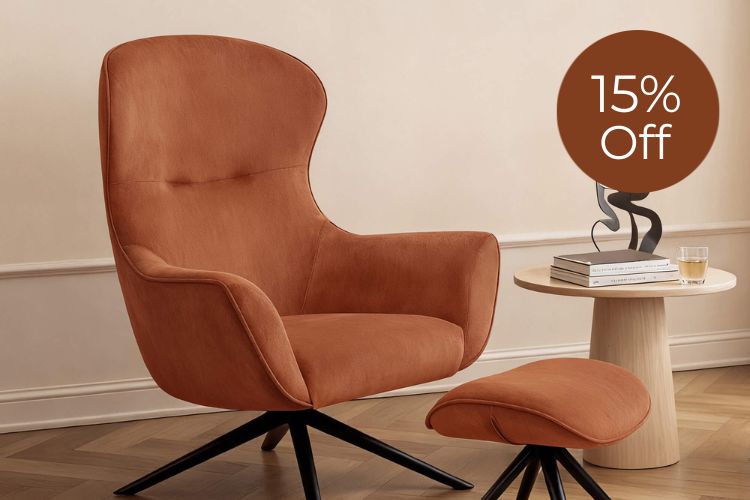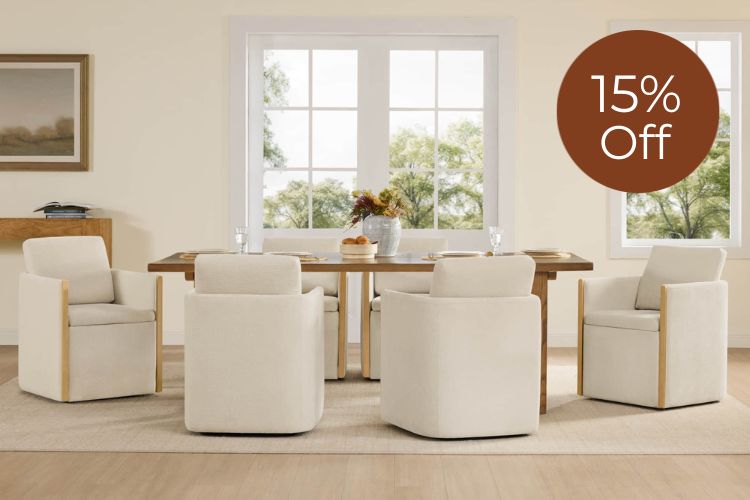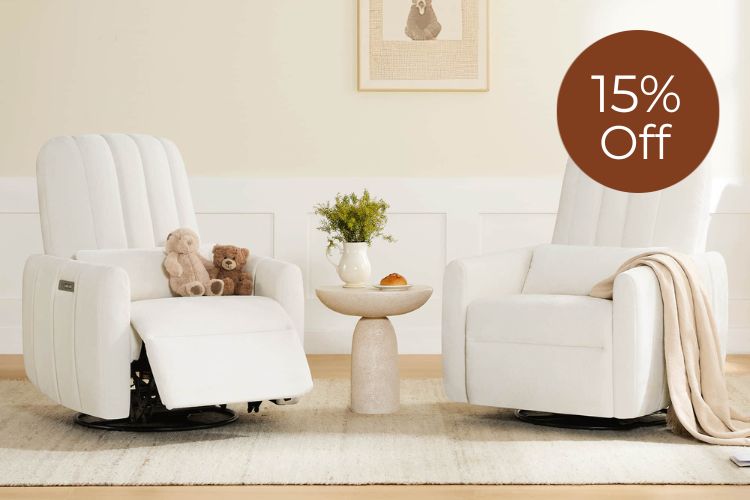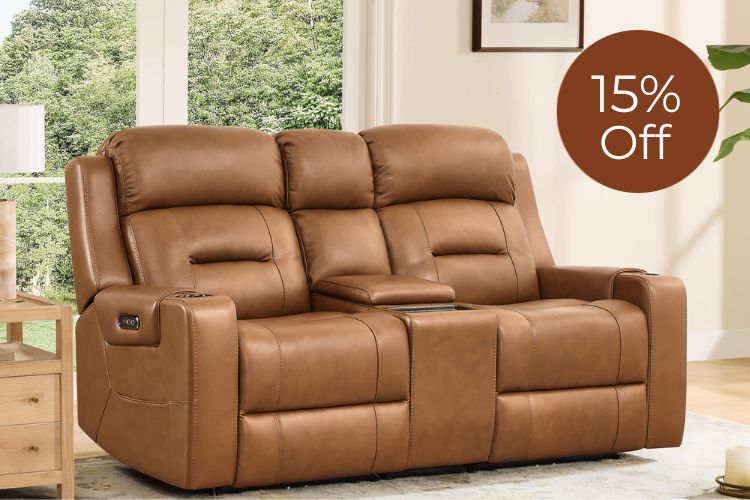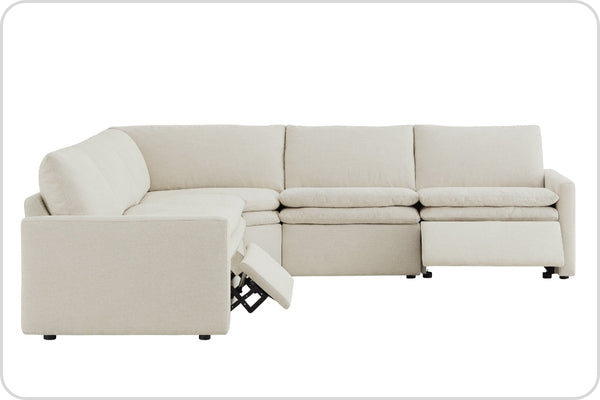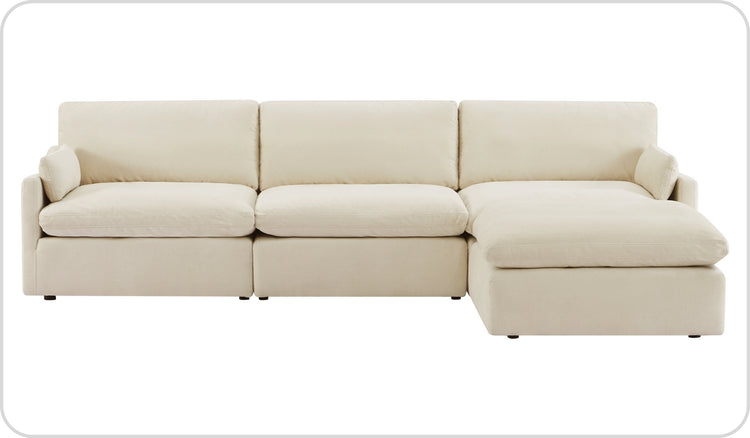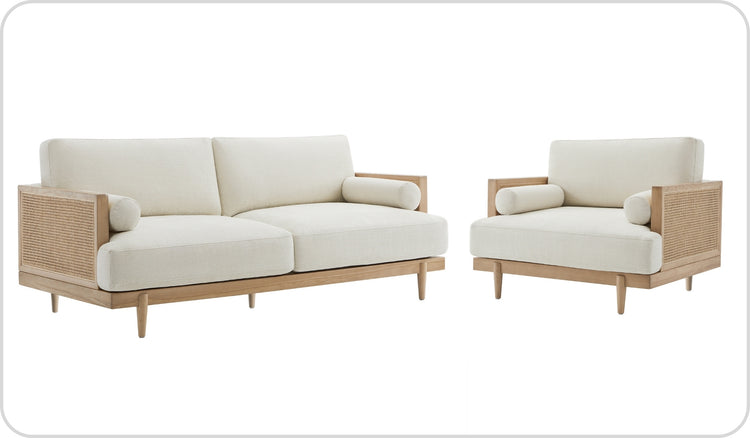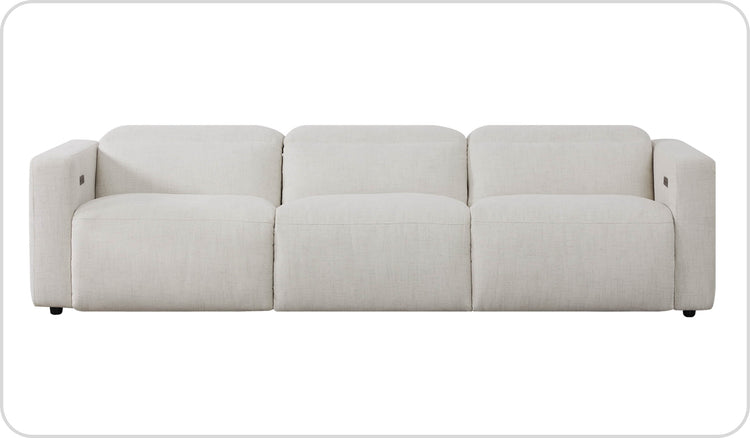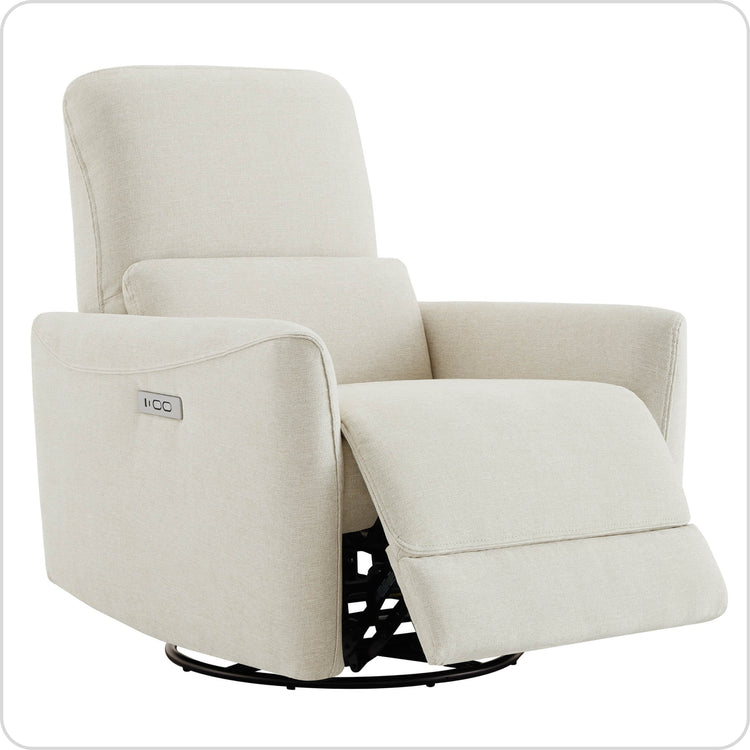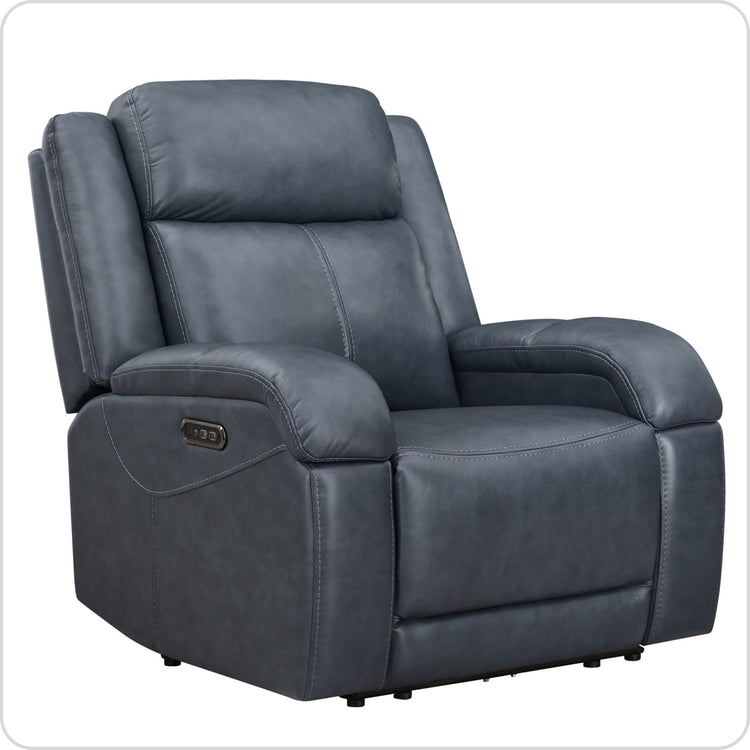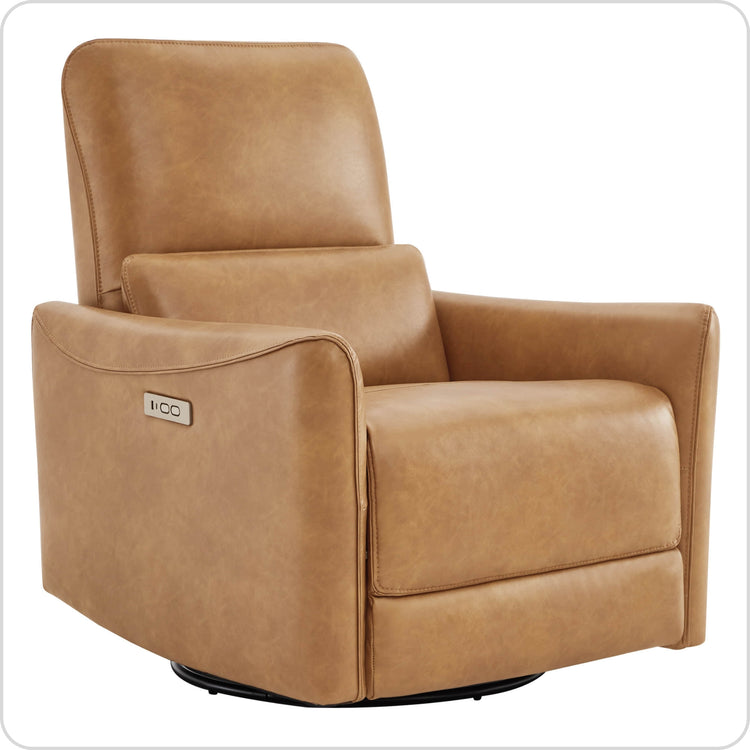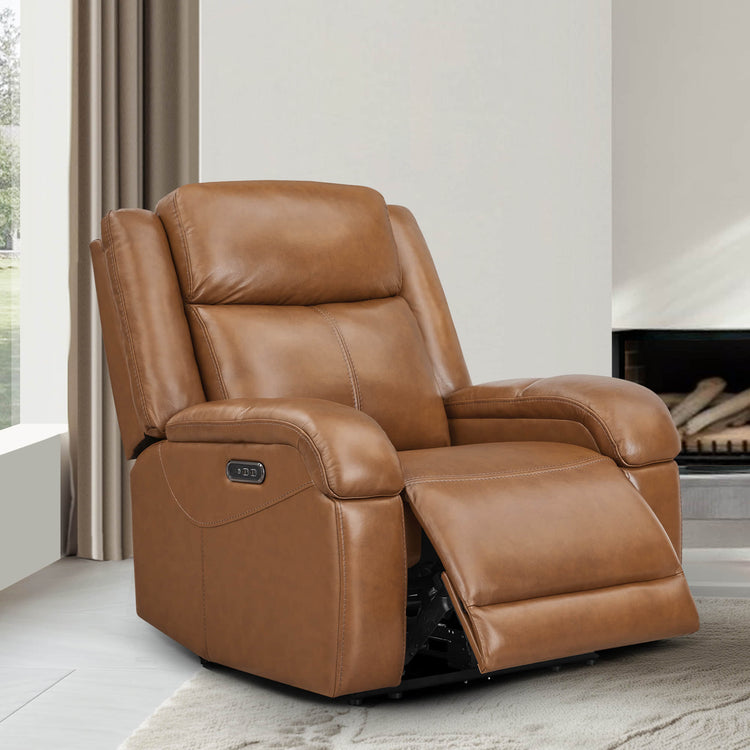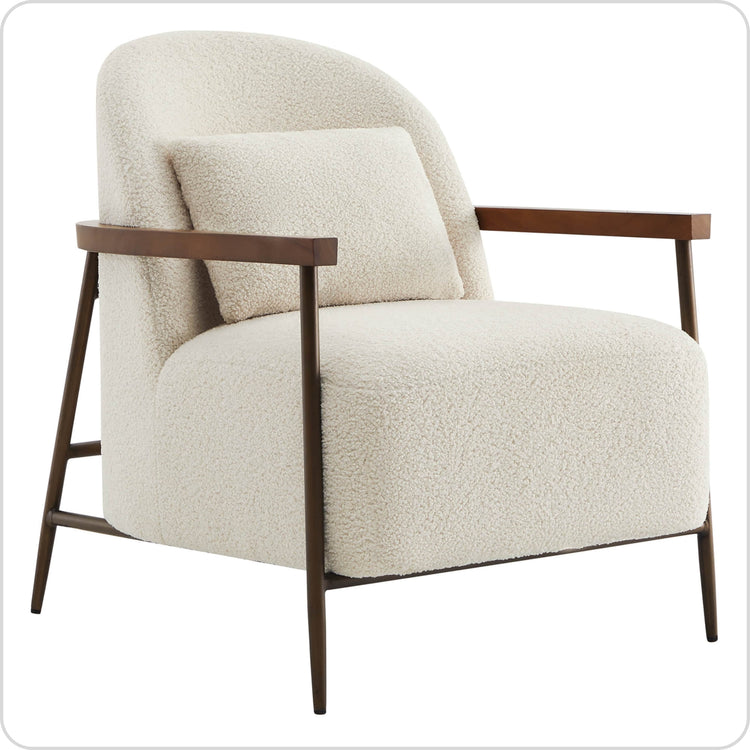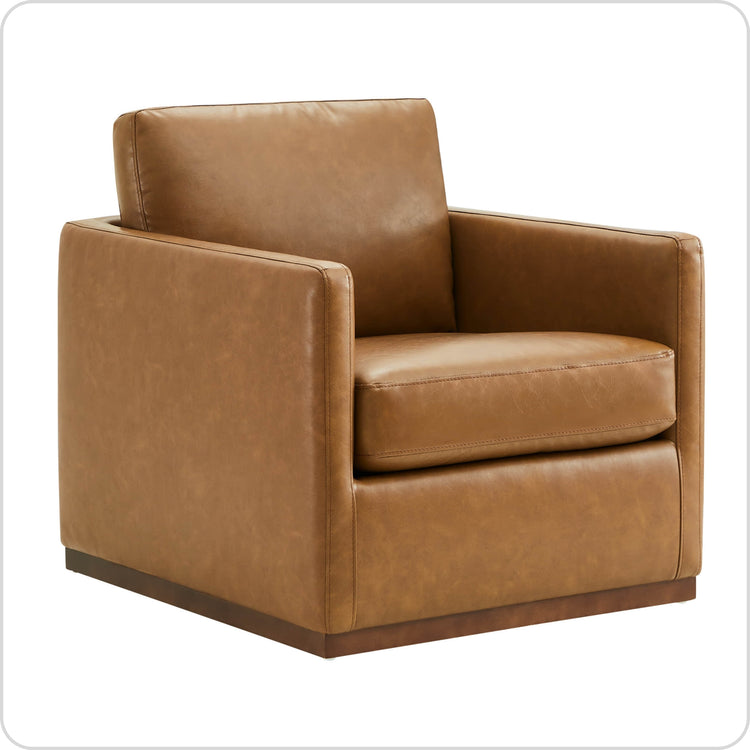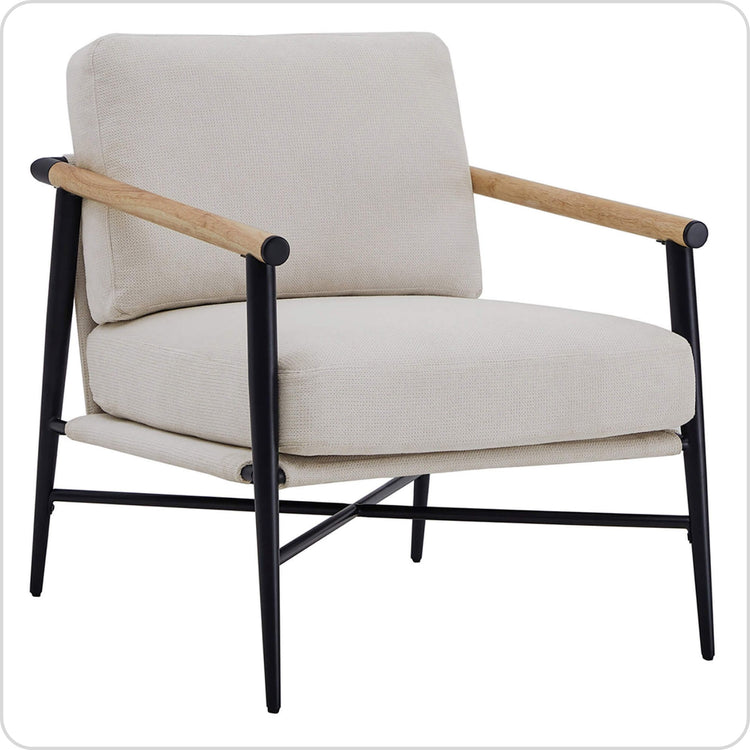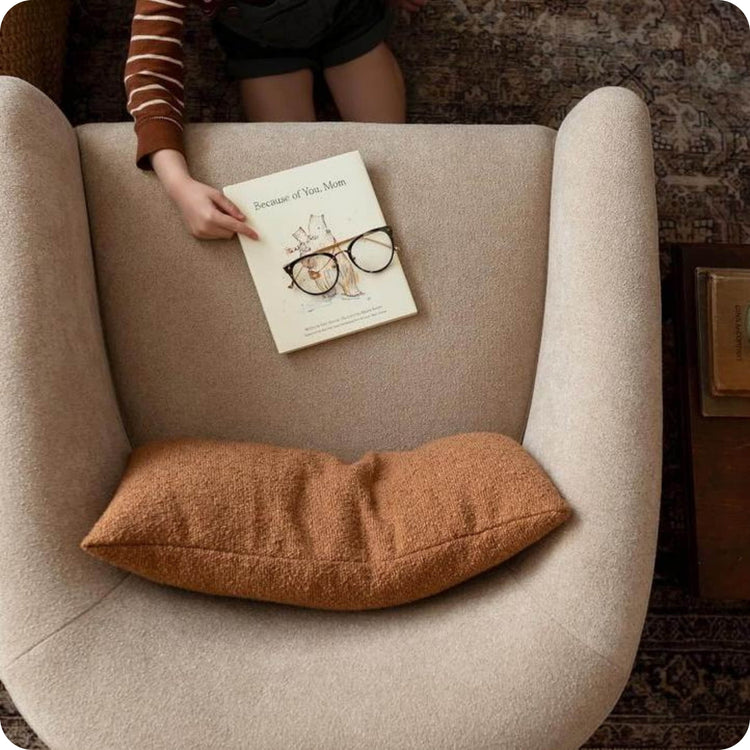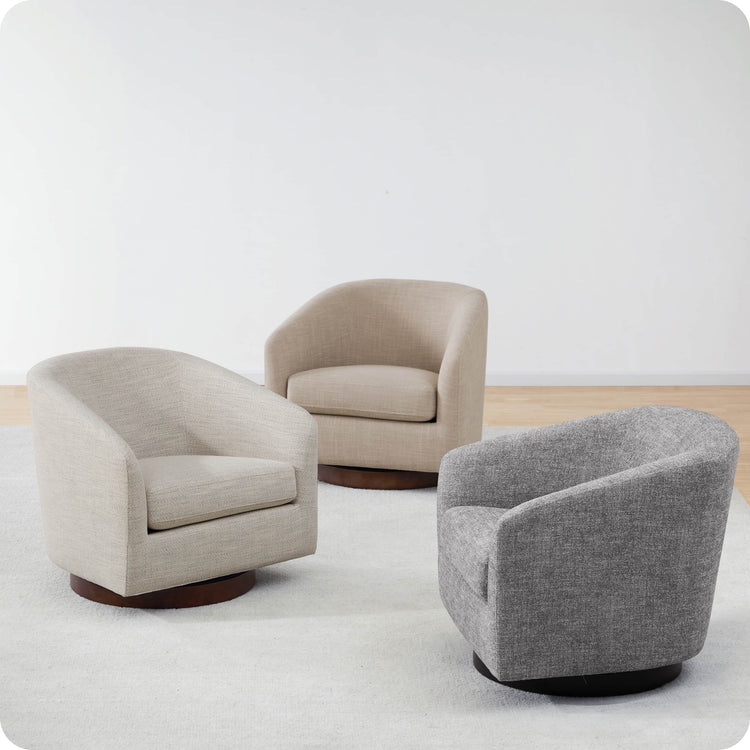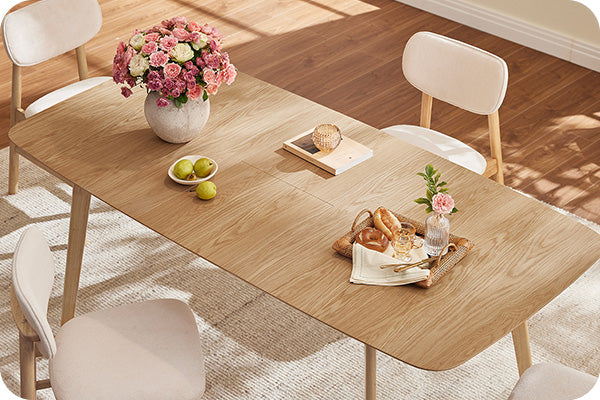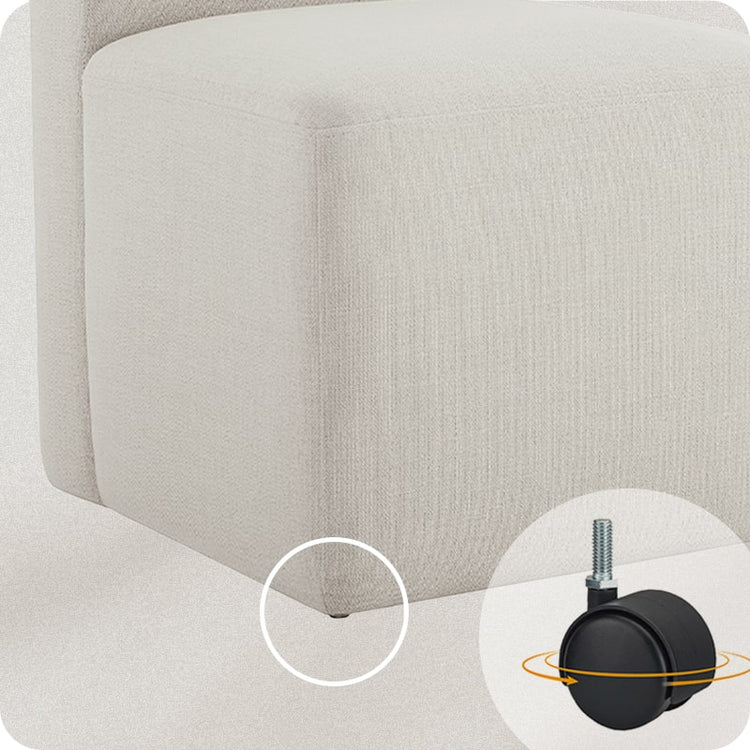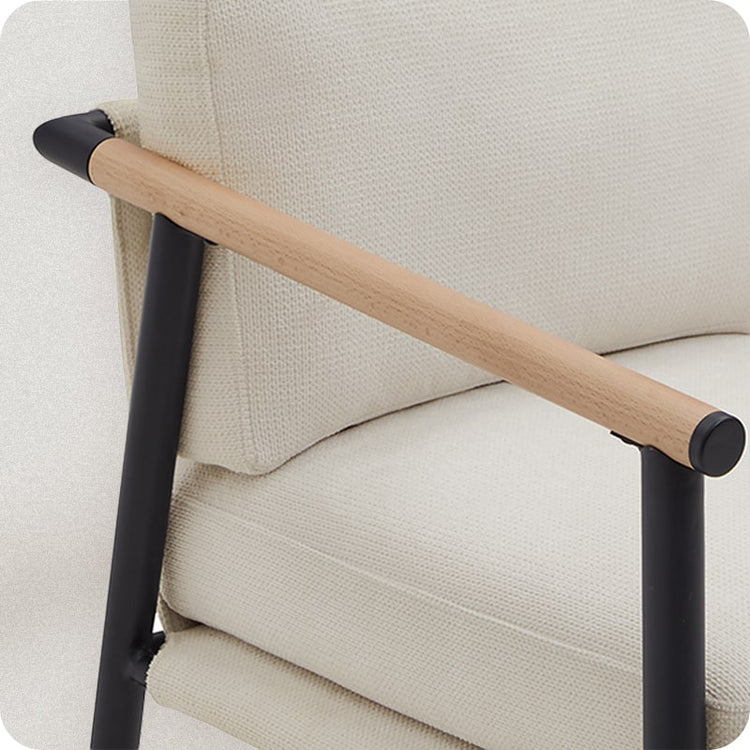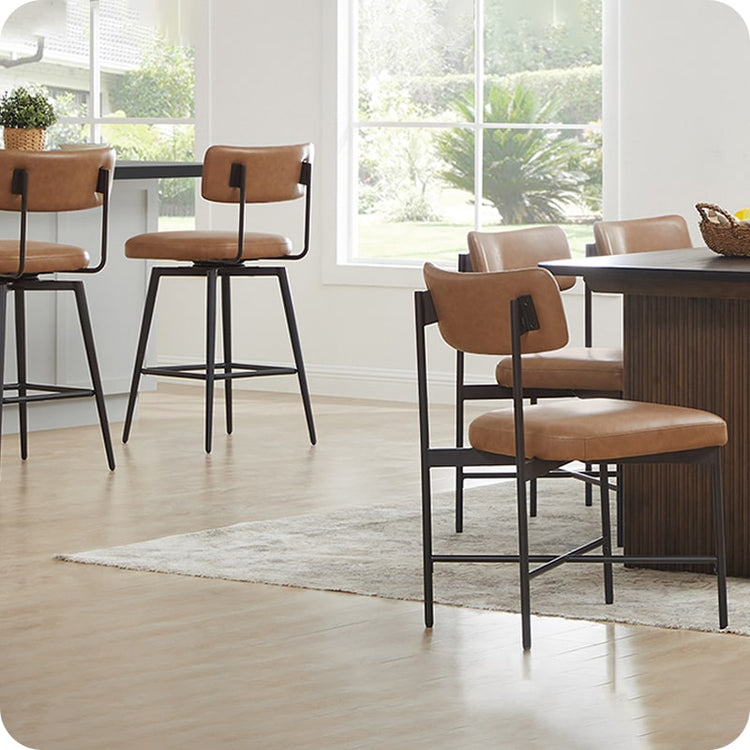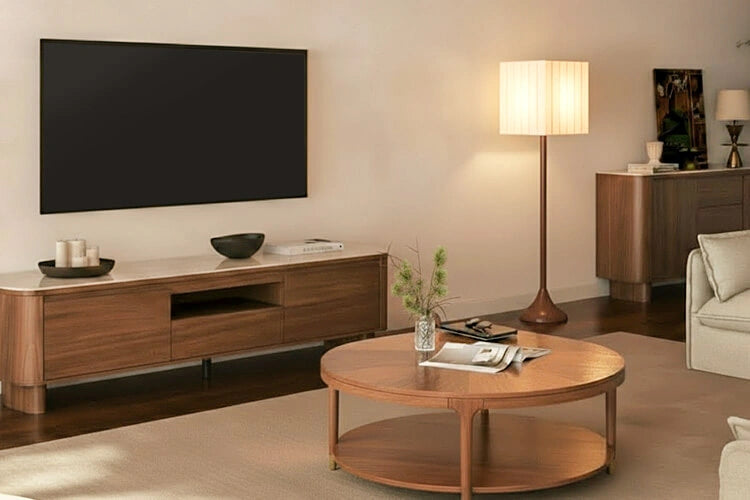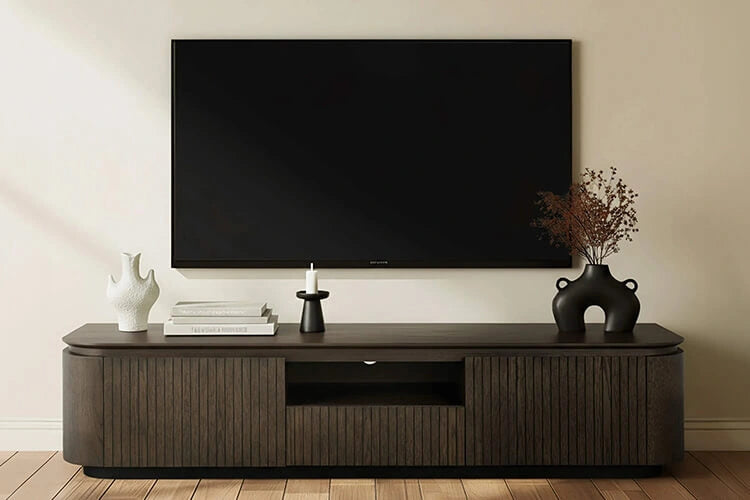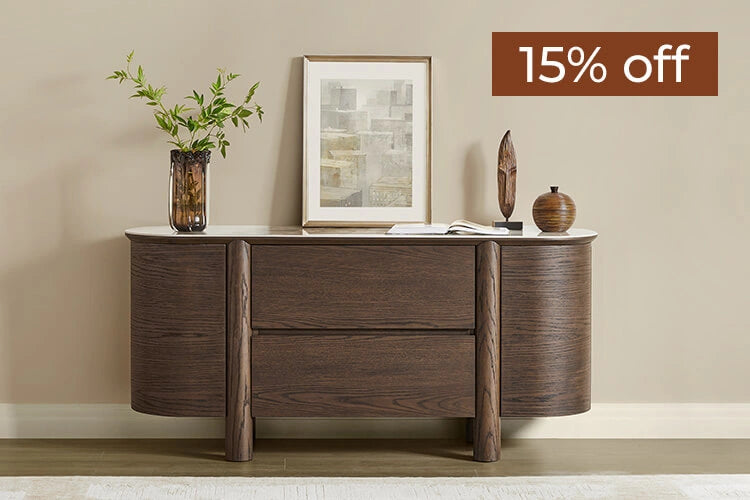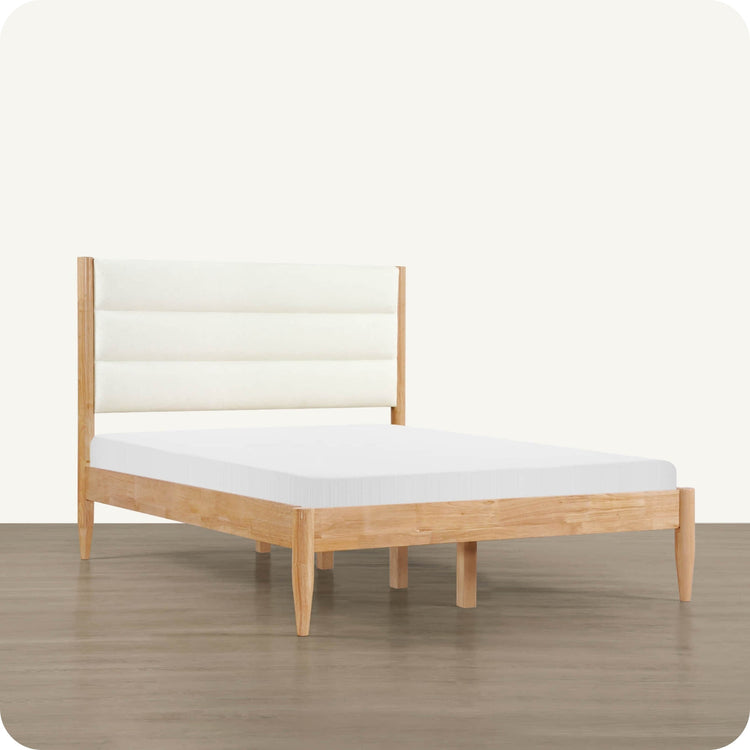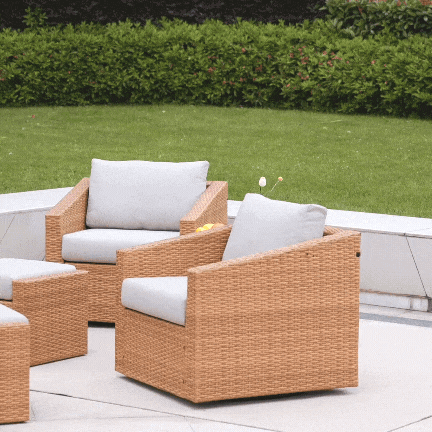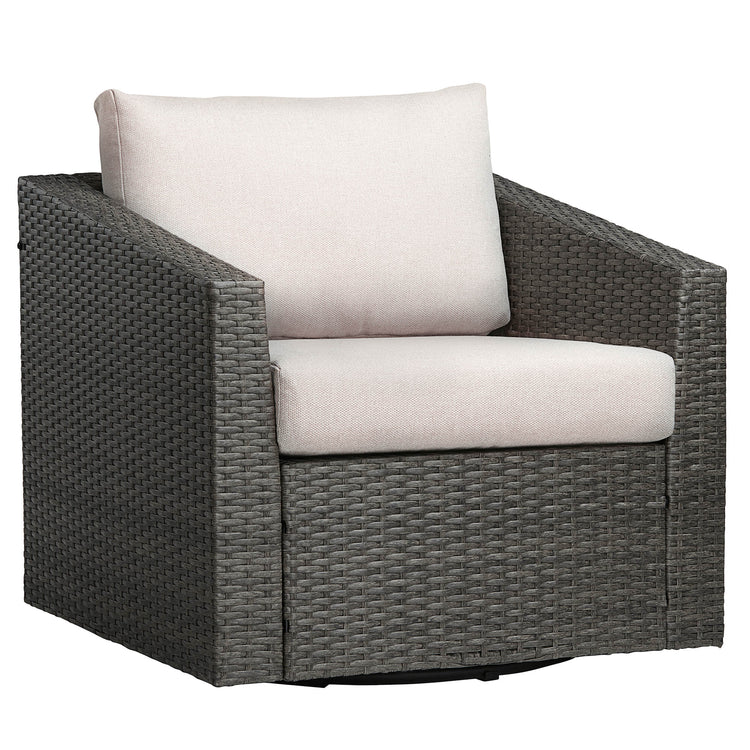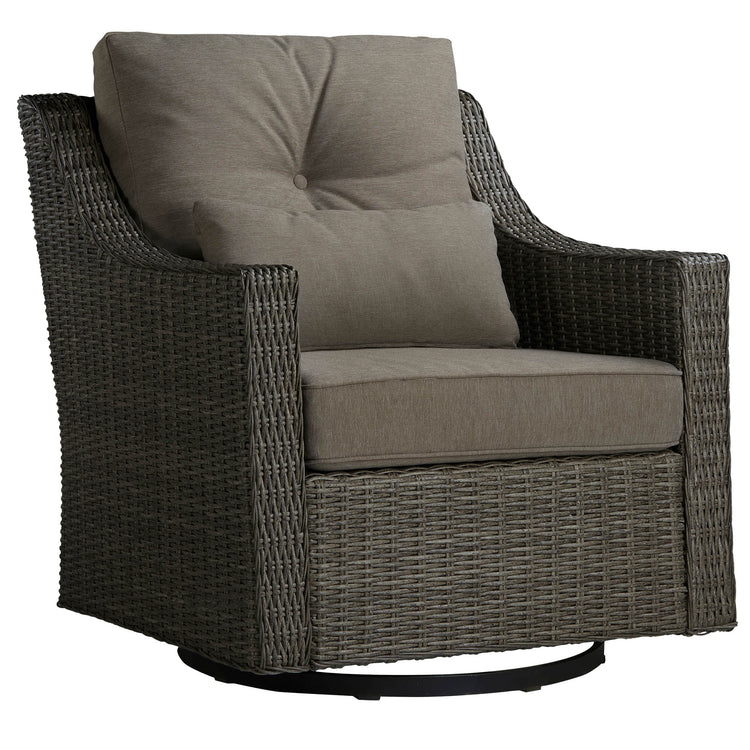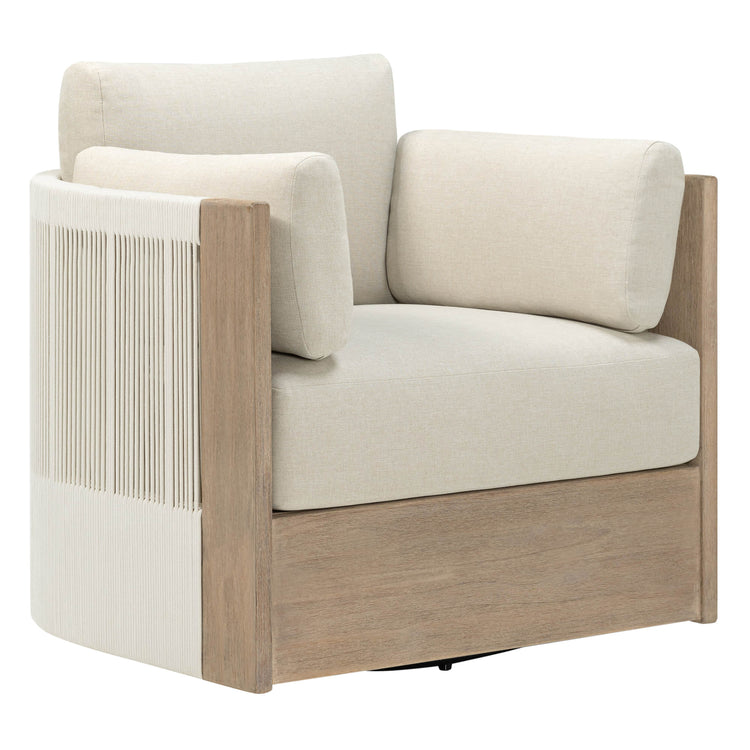Introduction
Counter stools are commonly used in kitchens, bars, islands, and other spaces where people need to sit at counter height work surfaces. Typical counter stool heights range from 24 to 30 inches. This places the average person's thighs parallel to the floor, with feet resting on a foot bar rather than the floor.
Counter stools come in two main styles - with and without backrests. Backless stools have a simple, clean-lined look that fits seamlessly into contemporary kitchens. However, stools with backrests offer considerable ergonomic and comfort advantages that make them the better option for long-term satisfaction.
Better Posture
One of the biggest benefits of a backrest on a counter stool is better posture. Without a backrest, it's easy to slouch and hunch over the counter as you eat, work, or socialize. This strains the back and neck muscles over time as you crane forward.

A supportive backrest on a counter stool encourages an upright, aligned posture by providing a tactile reminder to sit up straight. Sitting tall with the spine properly aligned reduces pressure and discomfort in the back and neck. The backrest also provides a place to lean back against periodically to give the core and back muscles a break from constant tension. This improves circulation and reduces muscle fatigue.
Increased Comfort
In addition to encouraging better posture, counter stools with padded backrests are simply more comfortable than stools without backs. Leaning forward against a hard counter edge quickly becomes uncomfortable as it digs into your back. This can cause back cramping or even bruising over time.

And for taller individuals, the counter height may hit at an awkward spot for the lower back curve, providing zero lumbar support. A cushioned backrest solves these issues, providing a comfortable surface to lean against without any hard pressure points. Look for stools with contoured lumbar support to perfectly fill the lower back arch and reduce pressure.
Back Health Benefits
The improved posture and back support from a quality counter stool with a backrest provide considerable orthopedic and back health benefits. Keeping the spine properly aligned when sitting reduces gravitational pressure on the vertebrae, disks, and ligaments.
This helps prevent common problems like herniated disks from excessive flexion and pinched nerves from poor posture. A supportive backrest with lumbar contouring also prevents rounding or hunching of the shoulders, which can lead to back and neck pain over years of misuse. By providing both a tactile posture reminder and a comfortable resting place, a good backrest naturally protects your back health.
Greater Stability
In addition to comfort and orthopedic advantages, counter stools with supportive backs also increase stability versus backless designs. The vertical backrest functions as an added contact point with the floor, keeping you planted firmly on the seat. Perched precariously on a backless stool, it's easier to accidentally tip backwards off the seat even with a foot rail.
This risk increases as you naturally lean and shift your weight over the course of a meal or while interacting with others across the counter. A quality backrest provides peace of mind by reducing the risk of an embarrassing and dangerous backwards spill. This added stability is especially helpful for children, seniors, or those with mobility challenges.

Contemporary Style
Backless stools project a sleek, minimalist style, which doesn't mean stools with backs are boring or old-fashioned. Today's counter stool designs integrate backrests into eye-catching contemporary silhouettes. From curved wood backs to unique mesh patterns, backrests allow designers more creative license while still providing critical lumbar support.
Cutting-edge clear acrylic stools even incorporate transparency into the backrest for a futuristic vibe. Contemporary upholstery options like faux leather and innovative fabrics also lend stools with backrests modern appeal. The additional real estate provided by a backrest allows for bolder shapes and materials versus a simple backless stool.

The modern shape of the Eli counter stool in leather reveals a sense of luxury. (Credit @cavieinteriors)
Enhanced Functionality
Counter stools with backrests also provide more versatility and functionality than backless versions. Backrests allow you to comfortably lean back and relax when needed without fear of tipping over. Look for stools with a fulcrum swivel to easily engage with friends or surfaces on all sides.
Some high-end backed stools even incorporate useful features like armrests, height adjustability, and recline functions. While backless stools lock you into one static sitting position, quality backrests encourage dynamic posture changes. This improves circulation and comfort when sitting for extended periods.
Conclusion
When shopping for new counter stools, don't overlook the important ergonomic and comfort benefits of choosing designs with supportive backrests. While backless stools have their aesthetic appeal in contemporary kitchens, stools with backrests allow for superior posture, increased comfort, improved back health, added stability, versatile style options, and enhanced functionality.
Given the minimal price difference, a quality counter stool with an ergonomic backrest is the better long-term investment in comfort, health, and satisfaction. Make the supported, comfortable choice, and choose counter stools with backs for your next kitchen, bar, or entertaining space design project. Your back and body will thank you.
Read More
- Bar Stools vs Counter Stools: What's the Difference and Which One Do Y
- Industrial Chic: Incorporating Metal Barstools into Your Decor
- Finding the Perfect Height: What is the Best Stool Height for Your Kit
- How To Choose The Perfect Accent Chair To Complement Your Room: Tips and Inspiration
- CHITALIVING | FIND YOUR COMFORT IN CHITA
